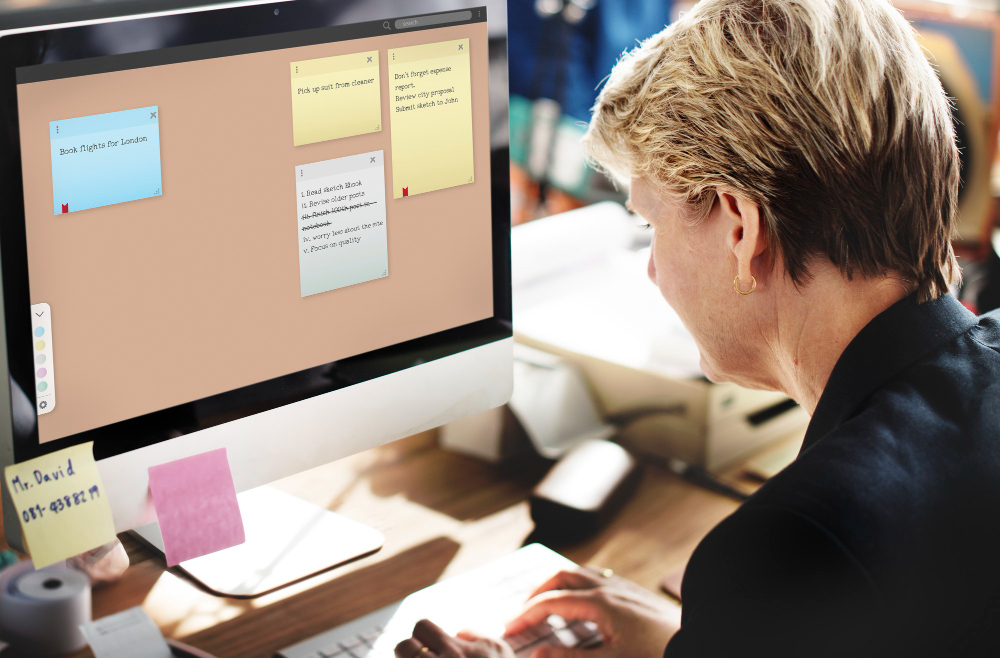Essential Tips for Accurate English to Dutch Translation
Oct 16, 2025, Nishi SinghAccurate English to Dutch translation requires a delicate balance of linguistic expertise, cultural understanding, and professional skill. Whether translating business documents, marketing materials, or personal correspondence, ensuring precision is critical for effective communication. Here are some essential tips and insights to enhance your English to Dutch translation skills, along with best practices to consider for top-quality results.
Understanding the Key Challenges in English to Dutch Translation
English and Dutch, though both rooted in the Germanic language family, differ significantly in grammar, vocabulary, and sentence structure. Handling these differences is one of the primary challenges in English to Dutch translation. For instance, Dutch has more complex compound words, a unique use of reflexive verbs, and specific gendered nouns that often require detailed attention. Additionally, idiomatic expressions and nuances that exist in English may not have direct Dutch equivalents, making context and creativity essential for producing accurate translations.
The Importance of Cultural Context
Cultural understanding is a fundamental aspect of translating English into Dutch. Language reflects culture, and therefore, a literal translation often fails to capture the social and contextual meaning. For example, humor, colloquialisms, or marketing slogans in English may not resonate with Dutch audiences if cultural references are not properly adapted. Prioritizing cultural context ensures that the translation feels authentic and relatable to native Dutch speakers, enhancing engagement and effectiveness.
Dutch Translation Best Practices
- Work with a Professional Translator: Hiring a professional English to Dutch translator with native proficiency ensures that your translations are accurate, culturally appropriate, and contextually relevant.
- Leverage Translation Tools With Caution: While translation software provides quick results, it cannot replicate the nuances and contextual understanding of a human translator. Use them as a supplement, not a replacement.
- Consistency is Key: Utilize glossaries and style guides to maintain consistent terminology across all translated materials. This is especially critical for business and legal documents.
- Proofreading and Localization: Always review the translated text for grammatical correctness and cultural suitability. Localization adapts the content for Dutch-speaking audiences with meticulous attention to regional preferences.
- Stay Updated: Dutch, like any language, evolves over time. Understanding contemporary usage and trends ensures that your translation feels modern and up-to-date.
Why Work with a Professional English to Dutch Translator
A qualified native Dutch translator brings an in-depth understanding of the language and its rich cultural nuances. They ensure not only accuracy but also adapt your content to resonate with Dutch-speaking regions, whether for general audiences or specific markets. Expertise in both languages bridges gaps in tone, grammar, and style, resulting in high-quality translations tailored to your needs.
Final Thoughts
Mastering Dutch translation involves more than just converting words—it demands linguistic expertise, cultural sensitivity, and a commitment to best practices. myTranscriptionPlace stands as a trusted leader in the field of translation services, offering precise and culturally appropriate translation solutions in over 400 languages, including Dutch. Whether you need business documents, website content, or marketing materials translated, we ensure perfection every step of the way.
Our popular Services
Human Transcription
| Automatic
Transcription | Interactive
Transcription | Human Translation
| Spanish
Transcription | Focus
Group Transcription Services | Qualitative
Data Analysis | Medical
Transcription Services | Technical
Translation Services | Closed
Captioning Services | Accurate
Transcription Services | Video
Transcription Services.






